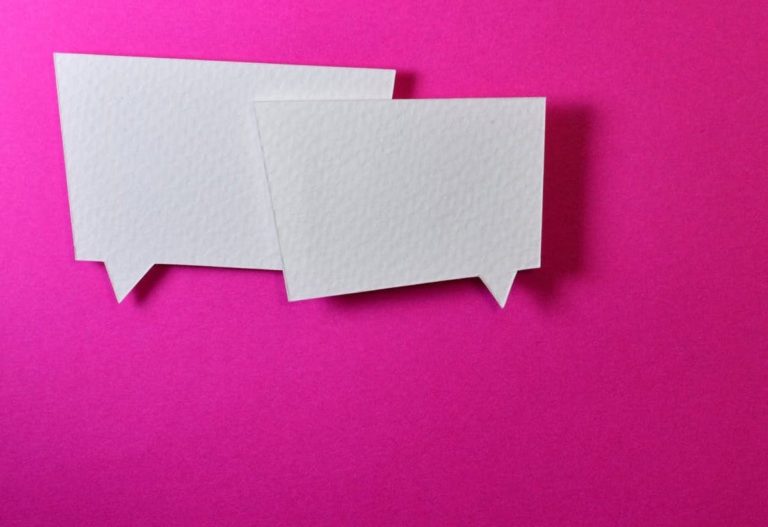It should go without saying that workplace language is different from interpersonal language—or, at least it should be. Most business owners don’t want their employees to make their coworkers or customers feel uncomfortable. Who wants to work at or shop in a place like that? So, in the interest of keeping everyone happy, we should watch what we say—and how we say it:
Terms of Endearment
Perhaps the most benign but common offender is the use of terms of endearment when addressing customers. All of us have probably been called “hun” or “sweetheart” at some point, right? There’s rarely ill intent, but these terms really aren’t appropriate in a professional environment. The issue comes down to the fact that customers don’t usually have interpersonal connections with the employees, so it isn’t right to imply that they do with terms like that. One could argue that it might be okay with longtime customers, but it’s just not worth the risk. The mere possibility of offense from feeling condescended, or from feeling harassed, should make us all wary. This is true for how coworkers address one another, too, because an awkward work environment benefits no one.
Casual Profanity
Many people use profanity in their private lives. Some of us don’t mind, some of us do. Some subscribe to the idea that there are no such things as bad words, only bad intentions, and still some of us cringe at the sound of any obscenity. How someone feels about profanity is personal—so we should keep it that way by restricting it to our personal lives. Again, this is a matter of making sure everyone is comfortable, and none of us should want our customers or coworkers to feel like they’re being verbally abused. Even for people who aren’t normally offended by such language, hearing someone go off on a profanity-laden diatribe makes them think that person has poor impulse control. That’s a bad look. So, save the sailor’s talk for home and keep a civil tongue.
Honorifics
An honorific is like a title, or a term of respect. When we call someone “sir” or “ma’am,” or we say “Mr.” or “Ms.” before their names, we’re using honorifics. This topic has become dicey in the age of preferred pronouns and gender identity, so in the interest of trying to offend as few people as possible, only use honorifics like these when you know someone is okay being addressed that way. As with all things, read the room and know your audience before you say something that might scare off business or upset a coworker. These days, most people are content to be addressed by their first names—even though, admittedly, this was once considered to be rude as it presumed a level of intimacy, just like with those terms of endearment mentioned earlier. But these days, you’re almost always safe to use a customer’s or coworker’s given name. If you’re not sure, you can try introducing yourself (which you should be doing anyway). Let the customer tell you how he or she likes to be addressed in response: “Welcome to our store. My name is John, and I can help you.” “Hi John, my name is Mr. Smith, and I would like…”
What Goes Around
Sometimes, customers will break these “rules” and make us feel uncomfortable. What then? The answer is that we should always be careful to remain ever professional and maintain our sense of propriety. Even in work environments that are meant to be laid back or casual, always remember to treat people the way they want to be treated, and when you’re not sure what that is, just stay polite. Doing so will help ensure a great customer experience, as well as a positive work environment.
When it comes to it, using appropriate language is just as much a learned skill as knowing how to given a sales presentation. It takes coaching, practice, and feedback. As always, these are specialties of The Brandt Group, your business’s go-to source for customer service insights and company culture development. Whether you need to gauge the customer experience in-person or over-the-phone, hope to check the pulse of your staff, or you want to arrange a training seminar or leadership course, reach out today and let’s tackle whatever challenges lie ahead, together.



